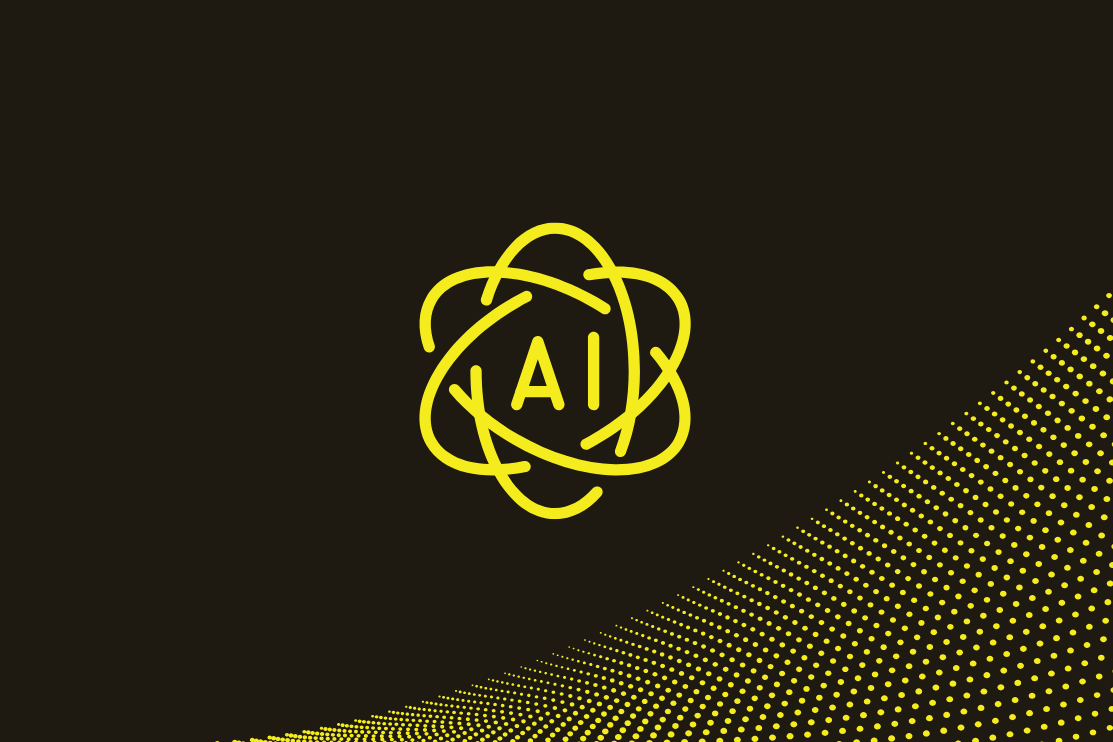Title II Funding Changes: Using Technology to Sustain CCR Success
Title II Funding Changes: Using Technology to Sustain CCR Success
Title II Funding Changes: Using Technology to Sustain CCR Success
Title II Funding Changes: Using Technology to Sustain CCR Success
Title II Funding Changes: Using Technology to Sustain CCR Success
Title II Funding Changes: Using Technology to Sustain CCR Success
Don't miss our breakout sessions!
Book time with our team on-site!
Our team is excited to meet you. Book a time that works best.


Creating a school culture that truly prepares every student for postsecondary success–academically, professionally, and personally–requires more than clear vision and strong instruction. It depends on sustained, high-quality professional learning. District leaders can set ambitious goals for college and career readiness (CCR), but those goals only take root when educators across every grade and subject understand how to translate them into daily practice.
Professional learning is what makes CCR a shared, schoolwide responsibility rather than the work of a single department or counselor. Through ongoing training aligned to evolving state standards, curriculum updates, and social-emotional learning initiatives, educators build the capacity to connect academic content to real-world skills and workforce expectations. In districts where professional learning thrives, students are more engaged, teachers feel supported, and CCR becomes part of the district’s identity.
For most districts, this professional learning infrastructure has been sustained almost entirely through federal Title II-A funding. These dollars pay for instructional coaches, summer stipends, and program content that equip teachers to deliver rigorous, relevant instruction aligned with college and career expectations. As districts now face significant changes to the funding levels and allowable uses, they must find innovative and cost-effective ways to scale CCR support and guidance so that schools and districts do not compromise their work to prepare every student for life after graduation.
Noteworthy Changes to Title II
This year has brought major shifts to both the funding amounts and strategic direction of federal funding for teacher professional learning. Early in the year, the U.S. Department of Education temporarily paused nearly $2.2 billion in Title II-A funds while it reviewed program impact. Most of the funding was later released, but subsequent announcements have signaled steep reductions ahead along with tighter restrictions on allowable uses and new federal priorities that could significantly reshape how districts support their CCR work.
The proposed federal budget, released in May, consolidates 18 existing grant programs into a single block grant along with a net funding cut of roughly 69%. Among the programs folded into this consolidation are Title II-A, which supports teacher professional development, and Title IV-A, which funds Student Support and Academic Enrichment. Both have long served as key resources for building CCR capacity at the district level. These changes have been paired with emerging federal guidance emphasizing newer areas of focus such as artificial intelligence (AI) integration and state-directed flexibility to meet local needs. Future funding priorities are expected to include investments in instructional materials, high-impact tutoring, and AI-driven tools for career exploration and navigation.
The Impacts of These Changes on CCR
The recent changes to Title II funding have begun to impact the professional learning infrastructure that has supported sustainable CCR implementation. Many districts are now contending with fewer instructional coaches, less time for collaborative professional development, and reduced opportunities for staff to learn how to embed career-connected learning within core academics. As a result, CCR initiatives risk becoming fragmented or siloed–handled by a small group of counselors rather than fully integrated into teaching and learning across the district.
With this, districts are finding new ways to sustain and strengthen CCR implementation. By rethinking their systems and leveraging technology, many are identifying strategies to automate workflows, connect data sources, and ensure that limited staff time is spent where it matters most: on student engagement and guidance.
Using a CCR Platform to Mitigate These Impacts
A comprehensive CCR platform can help fill critical gaps by streamlining administrative tasks, connecting fragmented systems, and empowering educators to focus their time where it matters most–on direct student engagement and guidance. The most effective CCR platforms extend far beyond digital recordkeeping. They create systems for coordinated, data-informed readiness practices–integrating college application management, labor market data, industry certification information, and apprenticeship or internship matching in one accessible hub. By automating document coordination, deadline tracking, and progress monitoring, these platforms allow counselors and teachers to spend less time searching for forms and more time helping students explore and plan for their futures.
And the best platforms serve as powerful professional learning tools in themselves. A well-designed system can model effective CCR practice, provide real-time insights into student progress, and offer educators just-in-time data that informs instruction, advising, and intervention. In districts where formal training opportunities have been reduced, an intuitive, user-friendly CCR platform can anchor a shared culture of readiness that helps all staff, not just counselors, understand their role in preparing students for postsecondary success.
Building Tomorrow’s CCR Systems Today
Recent federal guidance reinforces this shift toward technology-enabled readiness. The U.S. Department of Education’s “Dear Colleague” letter on the topic highlighted the growing importance of artificial intelligence (AI) in college and career pathway exploration, signaling both evolving expectations and emerging funding opportunities. Sophisticated CCR platforms like SchooLinks are already leveraging agentic AI to enable students, educators, and families to use natural language expressions to explore careers, complete tasks, and monitor progress–all while generating actionable insights for school and district leaders.
In an era of reduced budgets and rapid change, technology cannot replace human connection–but it can amplify its impact. By strategically implementing a mature, comprehensive CCR platform, districts can sustain high-quality readiness practices, strengthen educator capacity, and ensure that every student has a clear, supported pathway to their future. With thoughtful planning, selective procurement, and fidelity of implementation, a strong CCR culture remains within reach for every district in the nation.
Related Posts
See All




